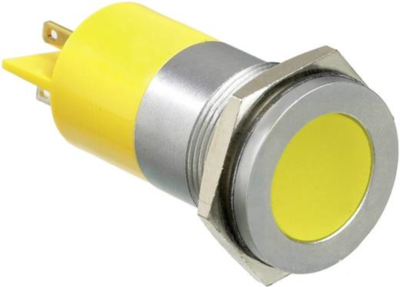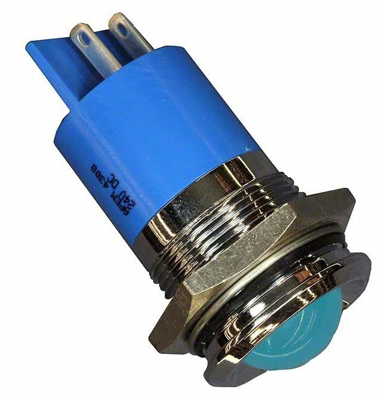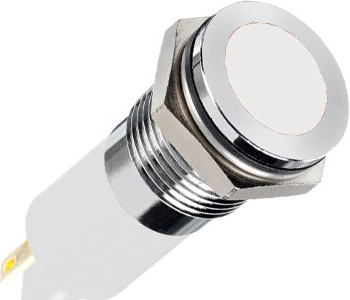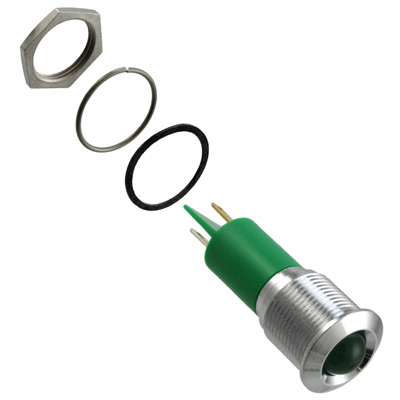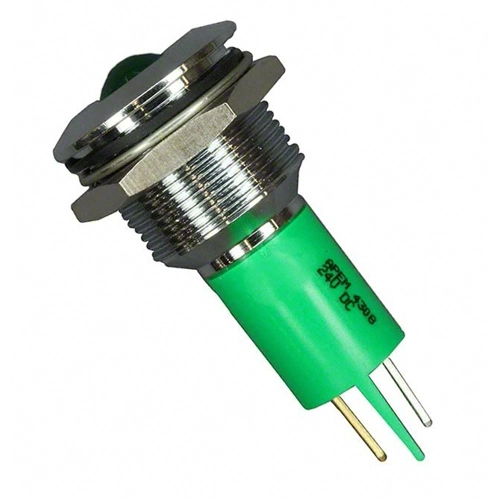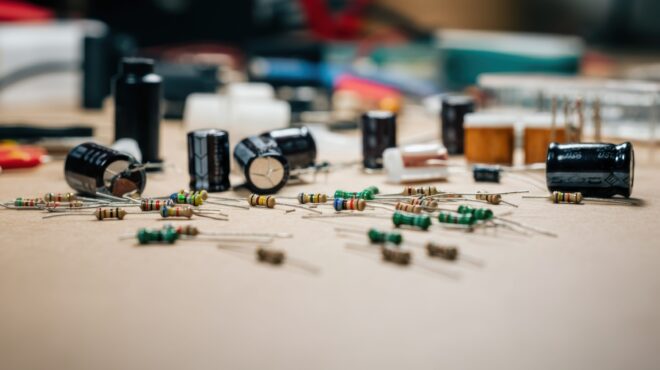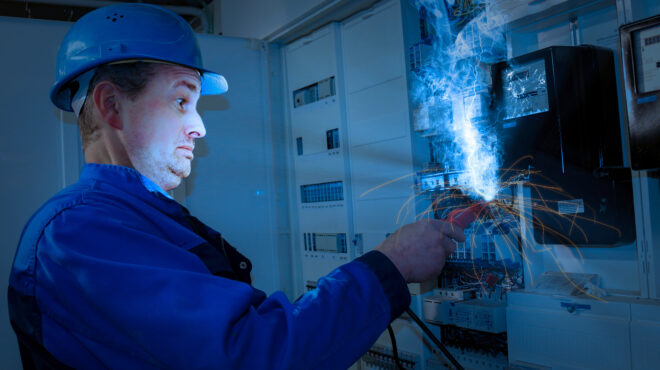
How to save energy with HMIs: More sustainability with APEM
Modern electronics must be innovative, but also energy-efficient. How can these two requirements be combined? Find out how APEM's HMI solutions help to save energy and therefore operate more sustainably. We also take a look at APEM's Q series and how it helps to extend battery life and reduce power consumption.
The challenge for modern electronics: Innovation meets energy efficiency
In the next ten years, we will see major changes in sustainability and especially in energy consumption. Innovative technologies will transform the traditional energy infrastructure. Some of these new, alternative energy sources are already known. Wind farms are now an integral part of the landscape in many regions of the world, while in other places large areas are being used for photovoltaic systems.
The technology we use is also constantly evolving. Electric vehicles have driven the advancement of lithium-ion batteries, which now offer performance comparable to conventional energy sources. Thanks to their high capacity, smaller size and lighter weight, they are a popular solution for various devices – from handheld controllers to industrial vehicles.
At the same time, our energy needs are constantly increasing due to innovation. The latest electronic systems are enabling exciting developments such as the smart factory and the rise of advanced computing. As the complexity of microprocessors increases, so does their energy consumption.
Energy-efficient design and HMI solutions from APEM
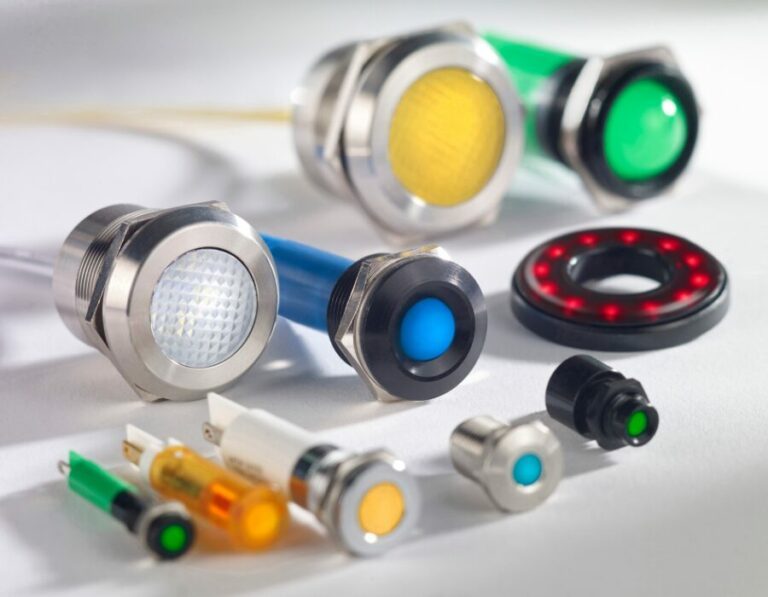
Designers are faced with the challenge of developing new functionalities while precisely controlling energy consumption. Every aspect of the design plays an important role in creating an efficient system, including the interfaces between man and machine. Based on its many years of experience in developing innovative HMI solutions for various industries, APEM has designed a variety of energy-efficient solutions for energy-conscious consumers.
What are HMIs?
HMI solutions, also known as human-machine interface solutions, play a crucial role in modern technology. These interfaces enable interaction between humankind and machines in an efficient and user-friendly way. They comprise various types of software and hardware that enable the user to communicate with and control a machine.
Typical applications of HMI solutions can be found in industrial automation, healthcare and consumer electronics. They facilitate the monitoring and control of processes, improve efficiency and contribute to safety in the workplace.
Modern HMI solutions are often equipped with touchscreens that enable intuitive operation. By integrating artificial intelligence and machine learning, HMI solutions are becoming increasingly intelligent and can recognise individual user preferences.
Overall, HMI solutions are indispensable for the digitalisation of processes in various industries and will continue to play an important role in the future.
HMIs from APEM: Reducing battery life and power consumption with the Q series
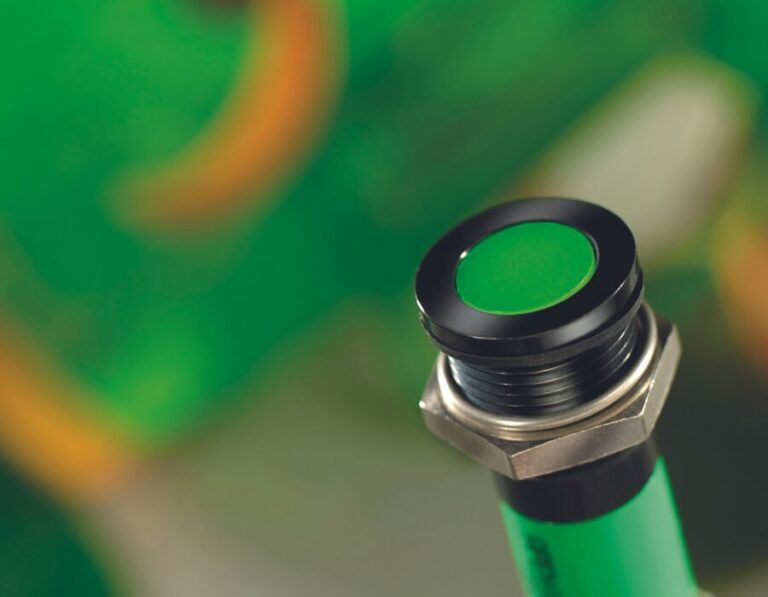
In addition to switches, joysticks and controllers, APEM has also further developed the Q-series signal lights. This series uses energy-efficient LEDs to significantly extend the operating time of battery-operated electronic devices.
With this innovative solution, power consumption can be reduced by up to 90%, resulting in longer device life and improved overall energy efficiency. The Q series is available in different sizes and offers powerful illumination. It is ideal for extending the life of today’s battery-powered appliances.

